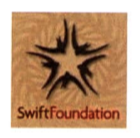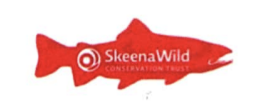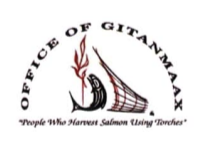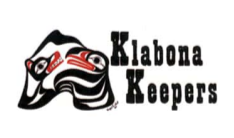We Are The River
Kick-ass conservation
For a Wild Skeena
learn more about PRGT
support swcc directly
support our
charitable work
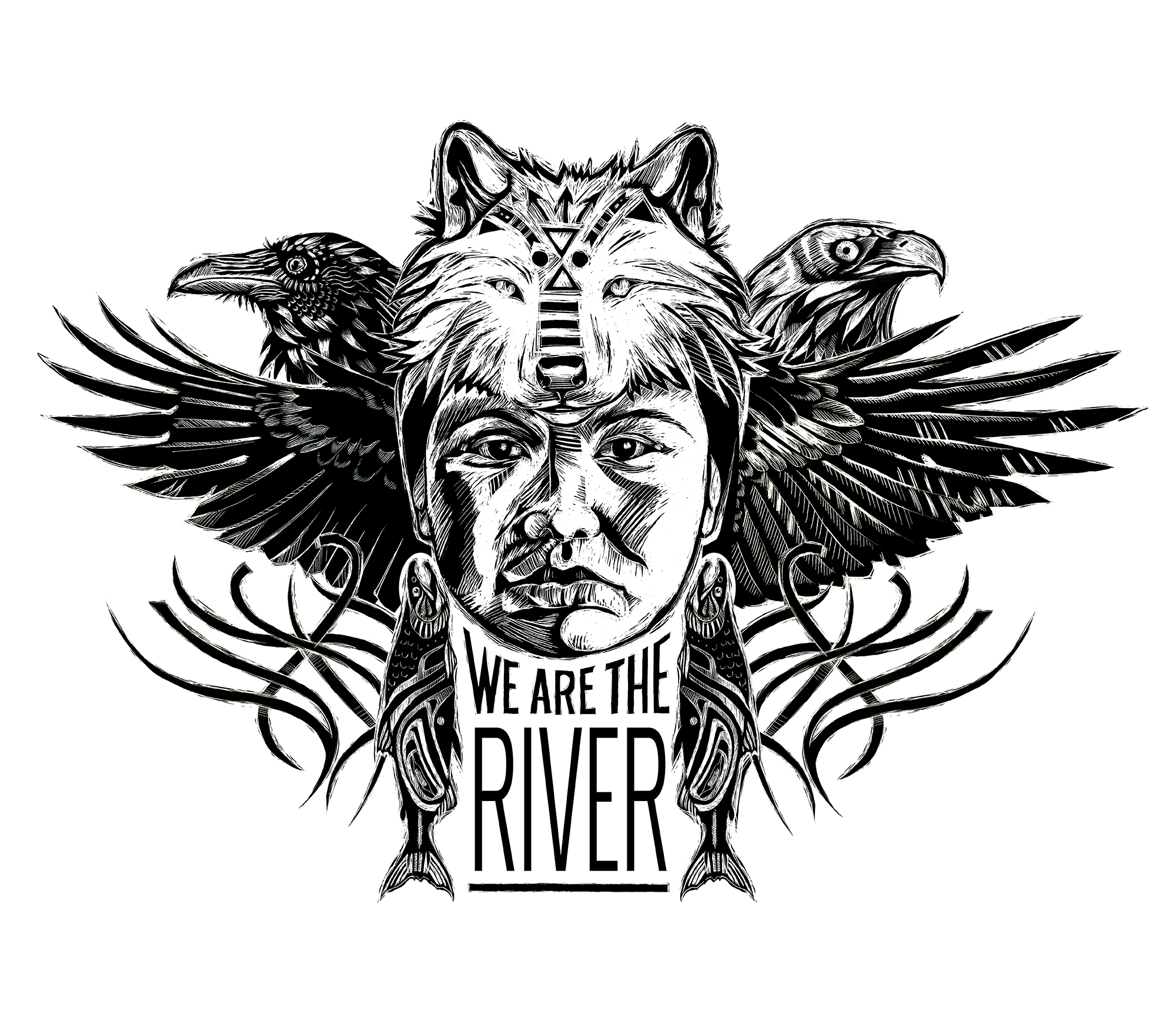
Skeena Watershed Conservation Coalition (SWCC)
Our mission statement: “To cultivate a sustainable future from a sustainable environment rooted in our culture and a thriving wild salmon ecosystem in the Skeena watershed.”
Our Ancestors are the land. We are our ancestors. What we do to the land we do to ourselves. Let us love and protect.

We invest in our communities, our people, our watershed, and our future
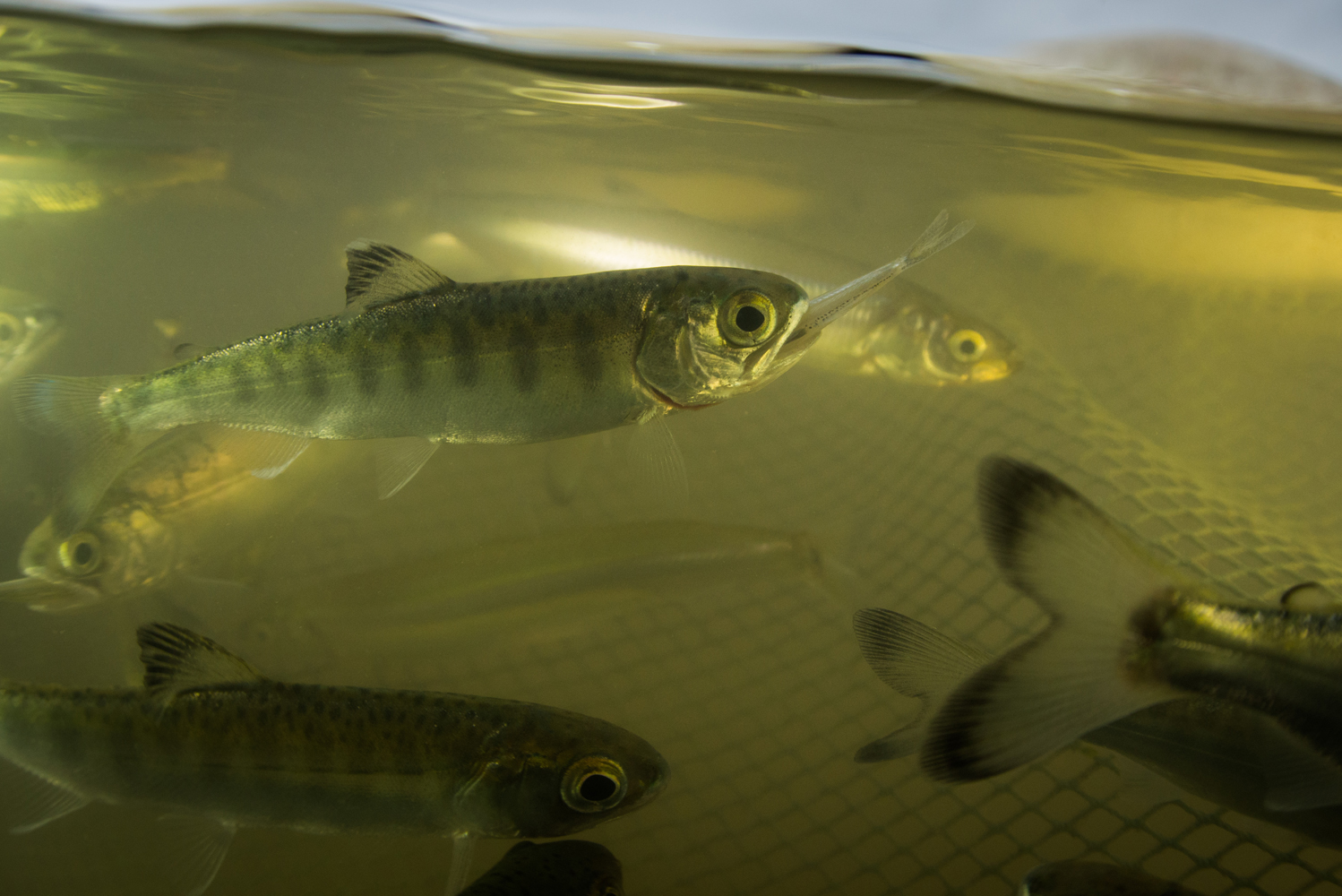
salmon, forests & rivers
As one of Canada’s largest wilderness areas, the upper Skeena contains spawning and rearing habitats and water quality that helps drive the entire ecosystem from the Skeena estuary to the headwaters. We continue to focus on being on the land with projects that support the long-term conservation of natural ecosystems.
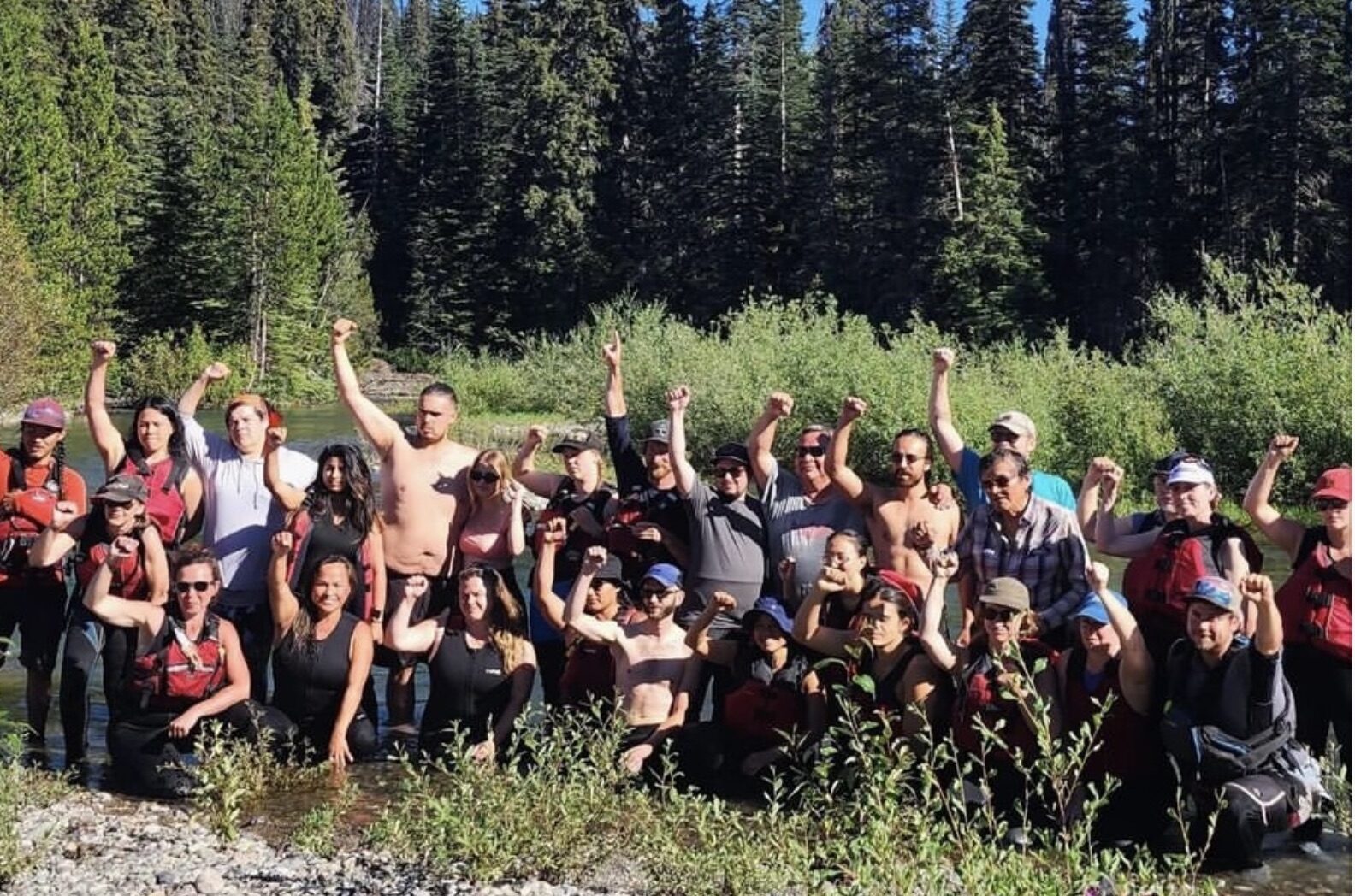
peace & unity
The fight to ensure our actions reduce rather than fuel the climate crisis; the fight to end police brutality; the fight to underscore Indigenous sovereignty—these fights belong to all of us. And, amidst this time of great upheaval, there is hope.

youth on water
At the heart of the SWCC Youth on Water (YOW) program is our recognition of the immense value of the Skeena watershed and the Sacred Headwaters. The YOW program will provide an opportunity for local youth to experience the grandeur of the Skeena River and the Sacred Headwaters through direct, water level engagement.
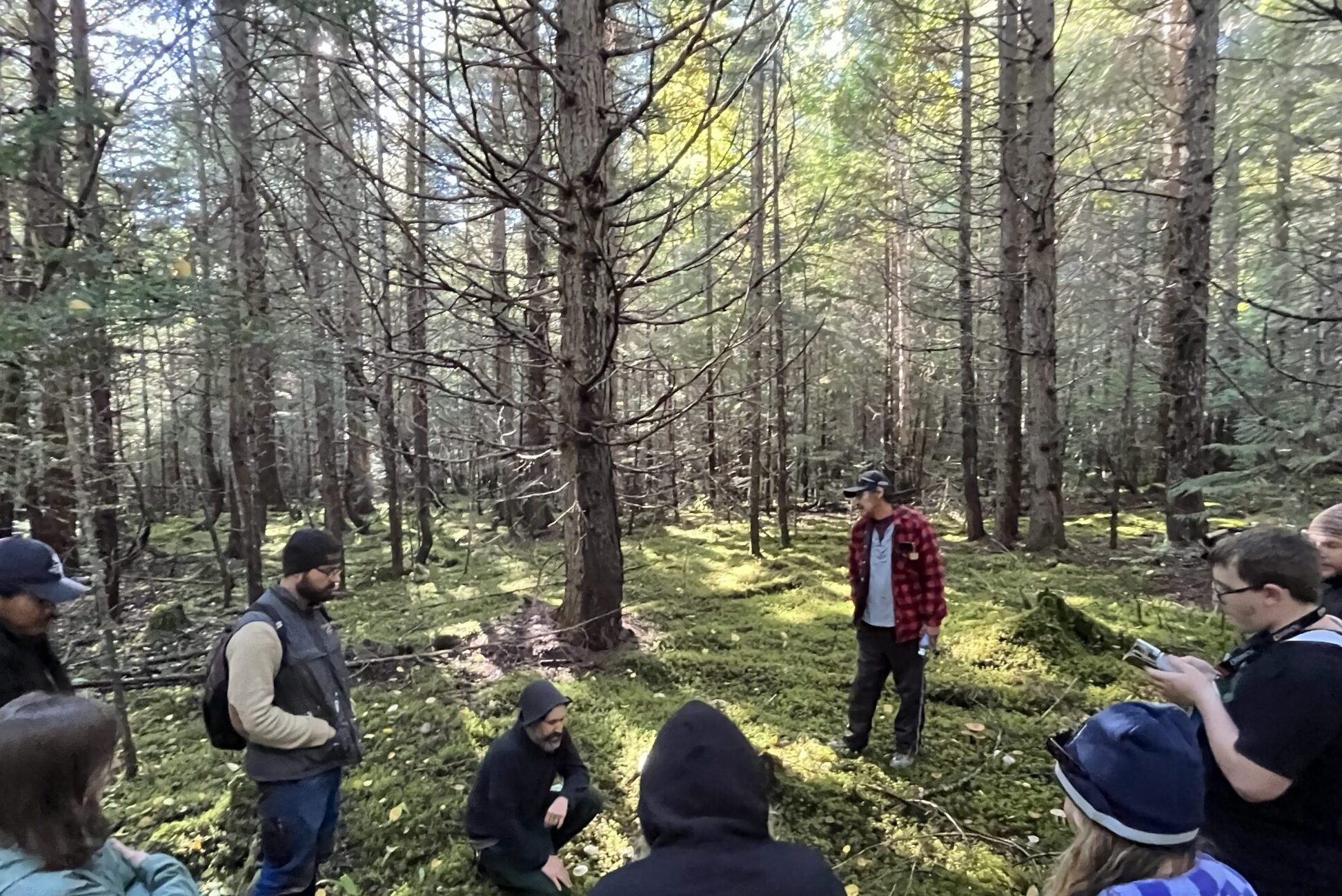
bioremediation
In a time where the impacts of climate change are seen all around us, there is hope and a sustainable solution to deal with environmental issues.
Get connected with Youth On Water
Gwalx Yee’insxw
“We have received a full basket, and it is our responsibility to pass a full basket on…”
The teachings we have received from Hereditary Chiefs centered around the Gitxsan underlying philosophy of Gwalx Yee’insxw. We understand this as a deep and broad philosophy encompassing the traditional inheritance actively handed down from generation to generation through an active relationship between Gitxsan kinship and their lands and resources. Gwalx Yee’insxw has been described to us as the actions which respect future generations’ right to all that we have inherited – the water, mountains, all the life on the land, in the air, our history, our culture, our skills and knowledge to live in this place, our spirituality, the tangible and the intangible passing from one generation to the next, never extinguishing or diminishing in value.
Hot off the press…
Season Round Up – First Year of Regenerative Poultry
The goal was to pilot Canada’s first poultry-centred regenerative agriculture project in the Skeena and the project resulted in the successful raising of our test flock which was 1500 chickens grown on Gitxsan land, by Gitxsan community members.
SWCC partnered with Skeena Valley Farms or SVF (Nathan Combs) which is located on Gitanmaax Reserve land along the Skeena River. SVF provides the land, some labour and we jointly purchased a tractor. The long term goal is that in the next 10-15 years, SVF will have purchased this project outright from SWCC. What SVF puts towards the project in labour, equipment and land-lease agreements goes towards the purchase price of the project with and MOU in place to ensure it will remain as the training centre for others to learn this method of farming. This is what will help us to scale the poultry-centred regenerative agriculture system regionally first and then provincially.
The project employed 1 full-time farmer/manager and 2 part time support famers/chicken-tenders (not to mention the local procurement of grains, seaweed, lumber, construction labour, etc.). The commercial meat inspector and the manager at the abattoir said they’ve never seen such fantastic heritage chickens which made our head farmer pretty pumped! Especially after the countless obstacles we encountered between the funding stuff, the pandemic and 180% of our annual rainfall (which created an actual creek flowing down the driveway to the farm).
The entire farm is solar powered and the barn was built out of fire killed trees (so no live trees were cut down to build the coop) and the coop doors hinges were made from recycled saw blades and donated wood. The post holes were all dug by hand for the timber frame coop. We had a few local up and coming carpenters working on this project. 2 of which are now working towards their red seal!
Here is the main crew at the beginning of 2020 looking so excited about all the chickens coming to the Skeena!!
Then COVID hit…and the coop wasn’t yet completed. We had to come up with a plan to work in a way that didn’t put anyone at risk. So we met at the coop, kept our distance from each other and came up with a plan to get things done.
We worked in shifts and were able to get the coop finished…the sun was shining, the ground was dry and the building got completed by the time the chicks arrived!!
The chicks arrived
And grew very quickly…
And when it was time to let them out of the coop from their brooding lights, the rains came.
It rained…and rained and rained and rained. The rain created a creek that never existed before and it ran right down the road.
Vehicles got stuck and had to be pulled out with the tractor. Then the tractor started getting stuck so we used side by sides…but their tires started falling off.
Then the tractor tire fell off.
Then a brand new lake appeared
But neighbours helped us get the grain in to feed the chickens
And other community members helped to find that lake a new home
And despite losing tires, walking the 1.5km driveway in hip waders to feed the chickens twice each day, the crew was still smiling and working hard to make it all work.
And of course – the CHICKENS!! They got tucked into the coop at night where they were warm and safe but had all day to roam the forest in a fenced in paddock to protect them from bears, eagles, foxes, lynx, wolverine, wolves, coyotes, marten, weasels and ravens…and we had encounters with ALL of those species!! The solar electric fence proved invaluable! The chickens were transported to the local abattoir in Telkwa, BC where the chickens were processed and received their official commercial meat inspection stamp of approval. In the final week, the chickens were given a liquid infusion into their drinking water of garlic, onion, sage. St john’s wort and apple cider vinegar. The garlic/onions/sage are for flavour (which works so incredibly well – OMG DELICIOUS!) and the vinegar to help maintain healthy gut bacteria and deal with any potential viruses while the st johns wort helps to keep them calm and relaxed for transport.
Instead of industrial farmed poultry, families in the upper Skeena region purchased chickens raised on their own traditional territories and from their own local watershed. In collaboration with community members from Six-e-dahk, we hosted a workshop on how to process whole chickens into parts and into soup stock. Gitanmaax Band purchased 250 birds for their annual Thanksgiving meat baskets for band members. Sik-e-dahk Band purchased 100 birds for their community members and The Learning Shop purchased 100 birds for their women’s group who will learn how to process the birds into drumsticks, breast, wings, thighs and use the carcasses to make soup stock for their families and for sale.
What this funding helped us demonstrate is that it IS possible to combine ecological stewardship, social justice, economic development, and food security in an accessible, sustainable, viable, scalable and culturally appropriate way. That we can champion a community building approach when building a whole new system to complement or replace the systems that are currently failing to address the big-picture issues facing rural and remote populations. That we can offer people that value real food a nutritious, affordable and ethical option that puts money in the pockets of their friends and neighbours without compromising the land and water that sustains us. Poultry-Centred Regenerative Agriculture is about taking control of local land use, economy, and food systems rooted in culture and community.
…and we made some cool stickers.
Key Notes:
1403 Chickens sold locally
37 chickens that didn’t grow very big now live in Sik-e-dahk with Jennifer Bulleid and her family to continue growing until they are big enough to harvest. Jennifer was one of the “chickeneers” that helped to raise the flock and build the coop and infrastructure.
Chicken processing workshop hosted online
Northern Grub Facebook page created to promote sharing of knowledge between food growers, harvesters and processors in the region and currently has 315 members with lots of online activity that includes troubleshooting, sharing stories of inspiration/tips/tricks, etc.
6 food harvest/preservation/recipe books were purchased and given away as prizes to local community members for sharing their food knowledge on the Northern Grub Page. Local farmers and community members added to the prizes by donating local garlic, greens and handcrafted salves (there was lots of participation!!)
A big thanks to the Chickeneers team that included:
Kesia Nagata – Head Chickeneer/systems manager
Nate Combs – tractor operator, water management, chicken wrangler, owner/operator Skeena Valley Farms (where the project lives)
Jennifer Bulleid – Chicken tender, carpenter, handywoman, even keeled problem solver
Jesse Stoeppler – Operations, problem solver, trailer finder, chicken transporter, equipment fixer, staying sane
Billy Gunanoot – Builder and good vibes generator
Matt Lewis – Co-op Construction & mini-ho driver
Bella & Hank Combs, Owen & Riley Stoeppler, Sara & Grant McPhail, Mica Ratcliffe, Silas Larson – Youth Chicken Wranglers
Kathy Stockner – Accounting & finance
Shannon McPhail – Cheerleader
Cultivating a sustainable future from a sustainable environment rooted in our culture and thriving wild salmon ecosystem.
Our Top Priorities
Supporting a variety of initiatives and projects aimed at cultivating a sustainable future:
Land Management Planning, Forest Stewardship, Restoration Economy, Climate Mitigation, and Local Food Security.
SWCC Media Corner
We have a new web page full of photos, videos, graphic recordings, and more!
Click Here to View
Some of our partners, sponsors, teachers and inspirations


